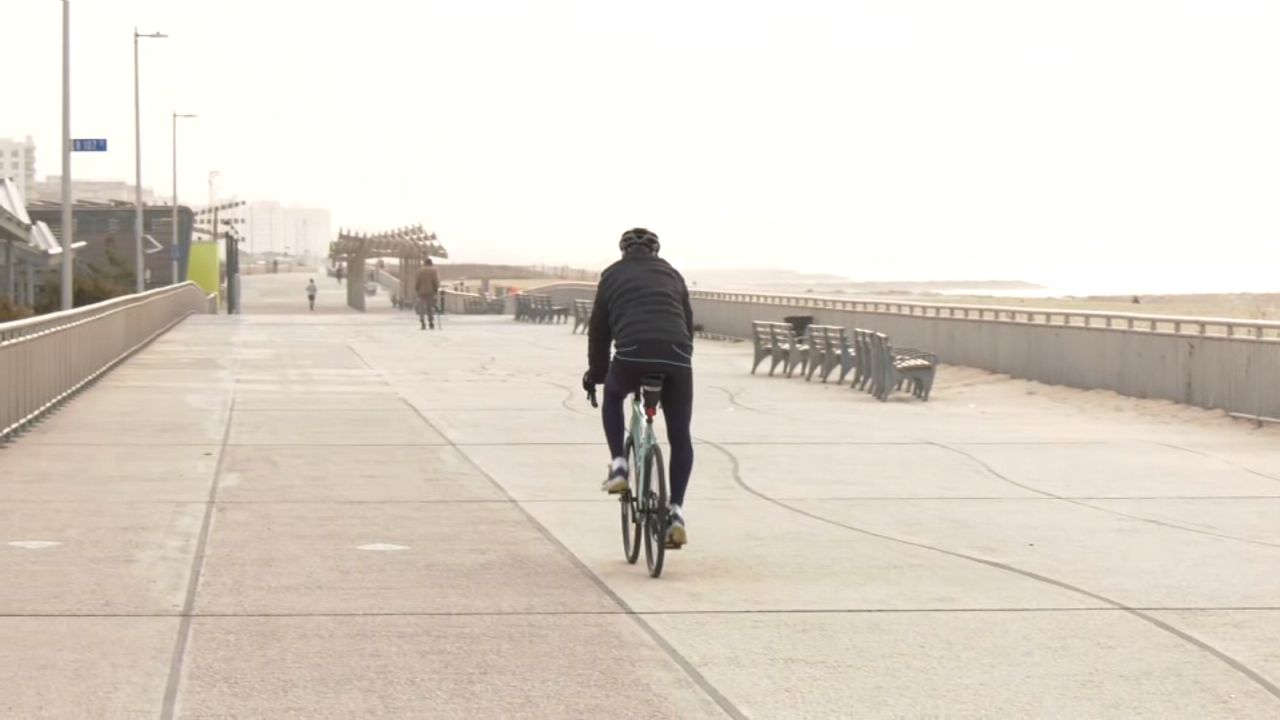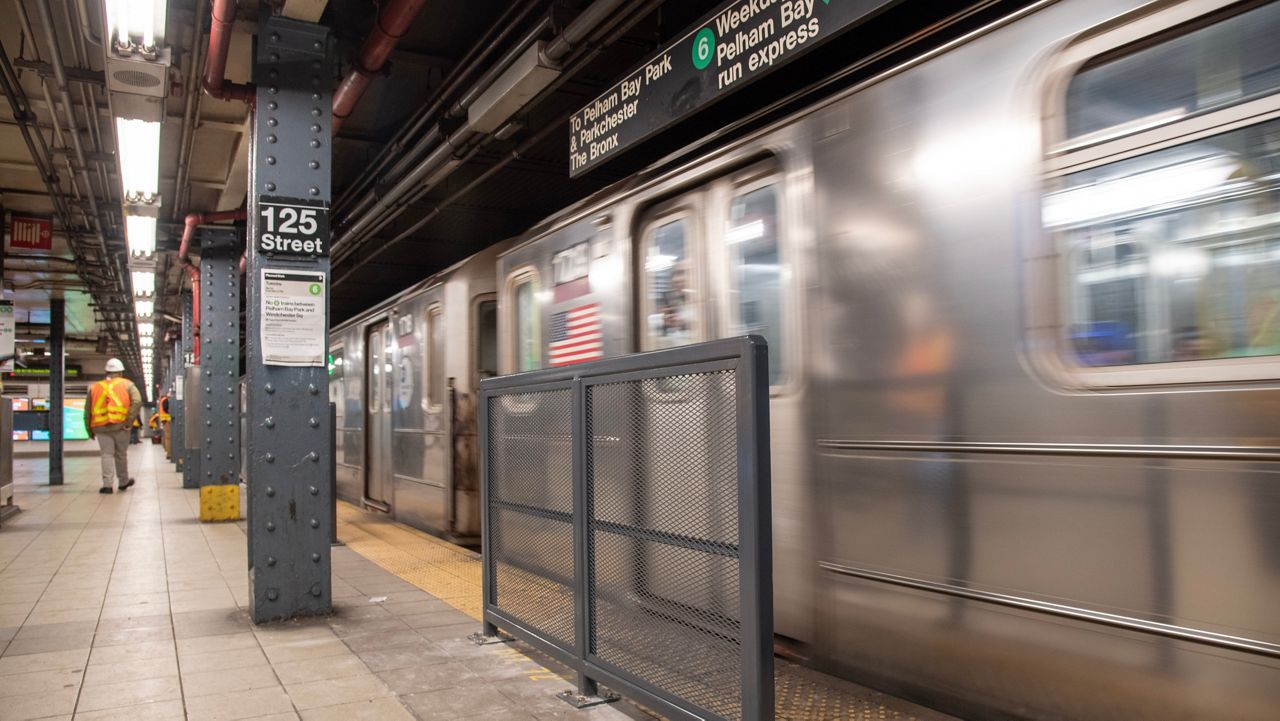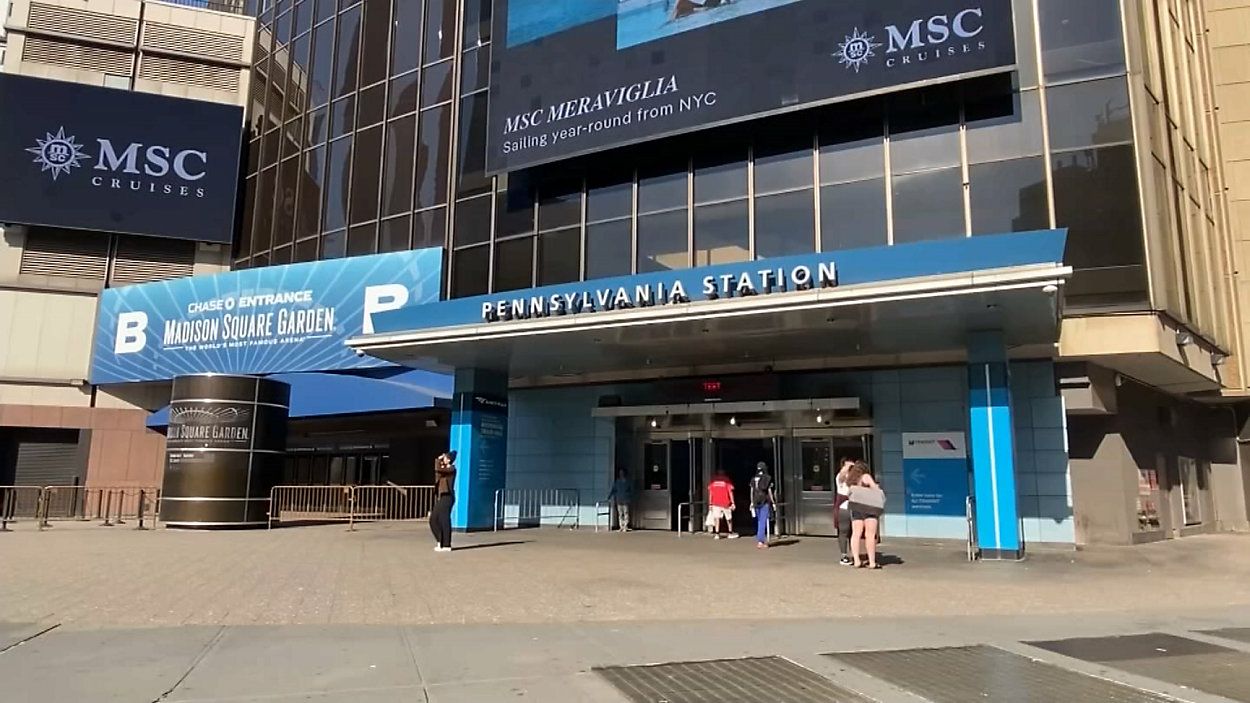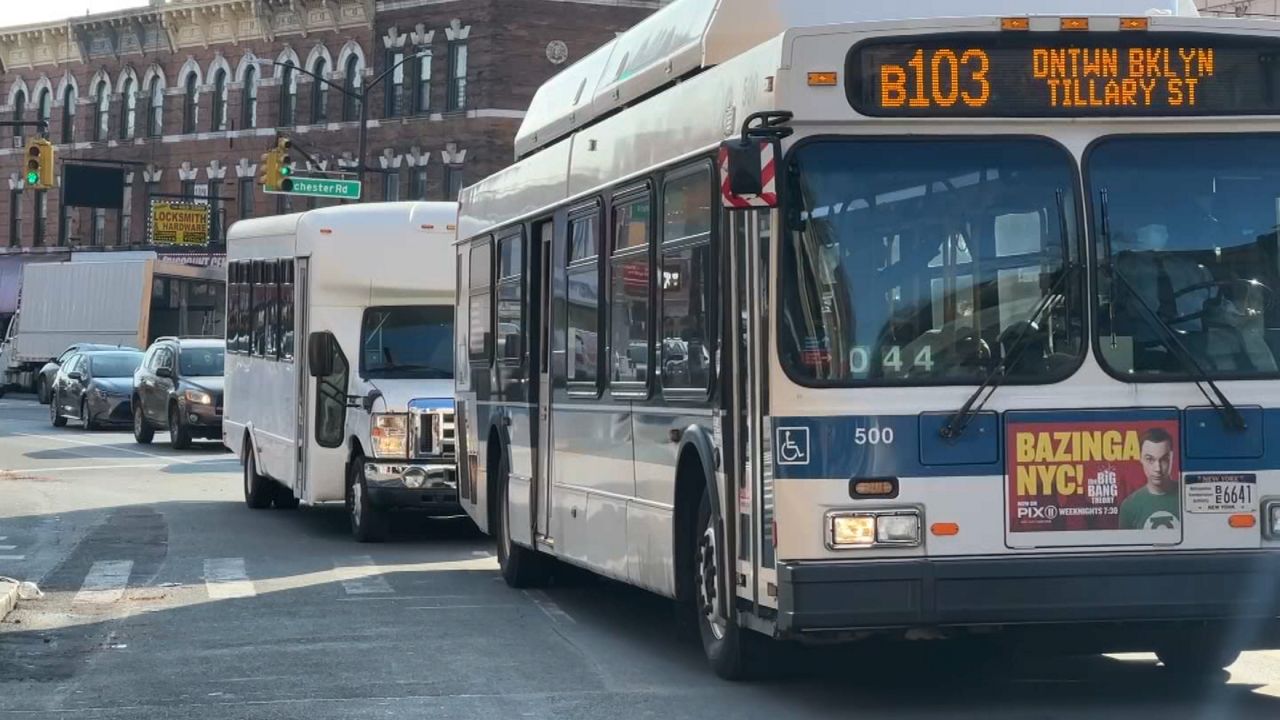NEW YORK — The New York City subway system is moving closer to returning to 24-hour service.
The MTA announced that starting Monday, Feb. 22, overnight subway closures will be reduced to two hours, from 2 a.m. to 4 a.m. instead of 1 a.m. to 5 a.m.
Since last spring, the system has been closed for four hours every night so crews can come in and disinfect it — one of the many drastic moves taken to fight the coronavirus pandemic.
"We have determined that a shortened overnight closure is an appropriate step forward towards around-the-clock service," said Sarah Feinberg, interim president of New York City Transit. "To be clear, we will be continuing our cleaning regimen. We have been doing so for many months now and will continue to do so."
While officials said this restoration will support a gradual reopening of New York City, the MTA did not announce when the subway would resume full service overnight.
Upper East Side resident Al Martin, who commutes to job sites overnight all across the city as a plasterer, says the overnight subway service shutdown has been a major adjustment.
“A lot of buses, it’s totally changed my life, and, like I said, a lot more walking,” Martin said. “A lot more trying to get around the city a different way.”
“I still think the subway system is going to be slowing down because they’re losing a lot of money, so we will see what happens,” Martin added.
Tina Quigley is more optimistic and thinks the partial restoration will make a big difference. She says she’s a surgical coordinator at a local hospital and tells us the shutdown has been difficult when she works overnight shifts.
“Usually, I try to get on the trains before they shut them down, and sometimes I’ve had to take a cab in and it’s expensive,” Quigley said. “It could run $30 to $50 depending on the hour, depending on the weather.”
Transit advocates have been critical of the shutdown, saying it hurts essential workers who have had to find alternative ways to get around.
One thing Martin and Quigley can agree on: The increase in service is a small step in the right direction.
“People need to get back to normal, and nothing is normal anymore,” Martin said.
“New York was a 24/7 city,” Quigley said. “You could go around and get anywhere anytime. It’s nice to hear.”
------
Did you know you can now watch, read and stay informed with NY1 wherever and whenever you want? Get the new Spectrum News app here.
-----
Further Coronavirus Coverage
What to Do If You Test Positive for COVID-19
How Hospitals Protect Against the Spread of Coronavirus
Coronavirus Likely Spreads Without Symptoms









